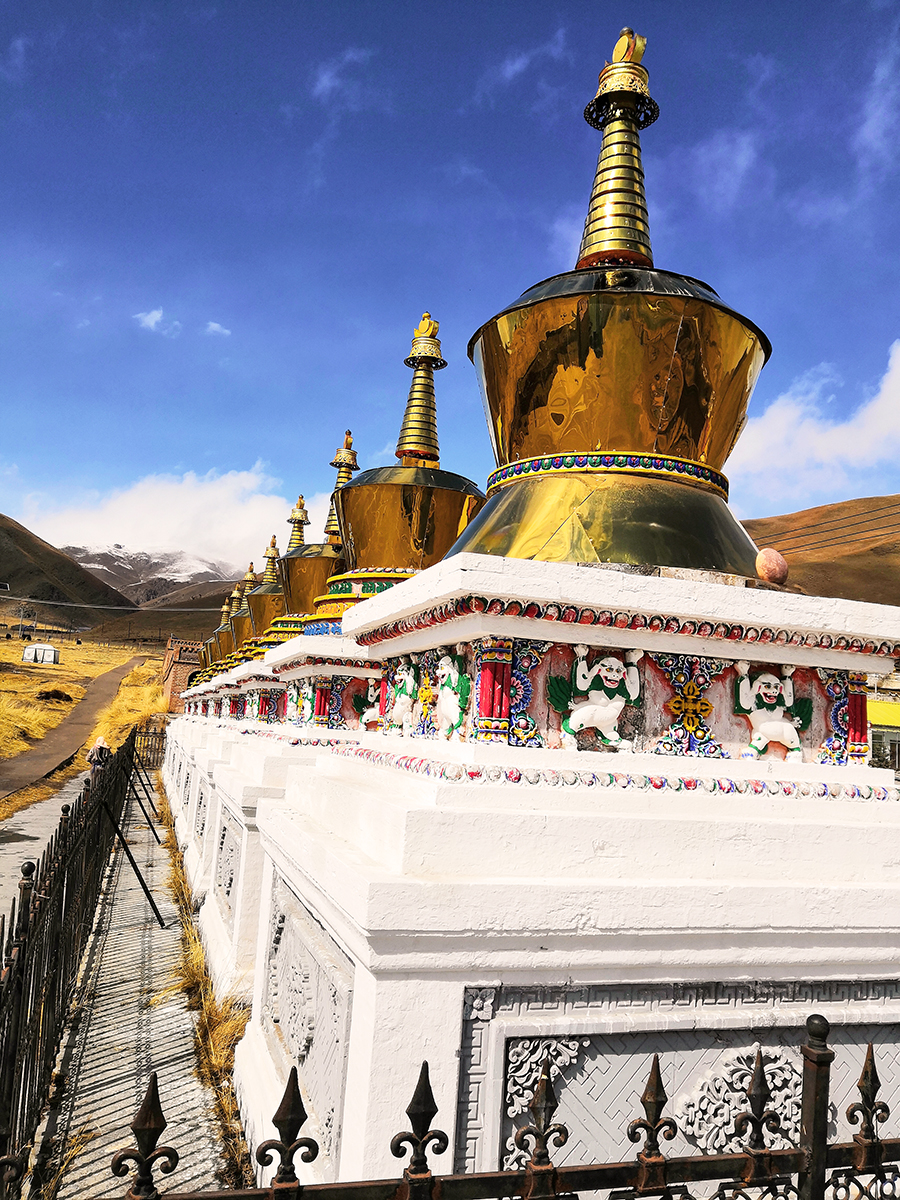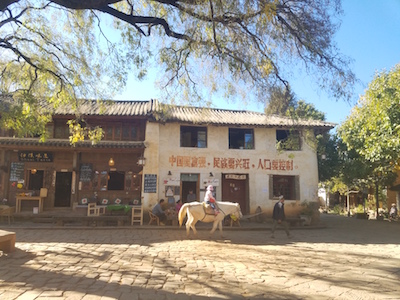 Many Tibetans live in Qinghai Province (roughly 20% of their whole population) because Qinghai Province directly borders Tibet. Most of them are in the five Tibetan autonomous prefectures and the rest are in one shared Mongolian and Tibetan autonomous prefecture. If you look at the map of Qinghai, you will find that these six autonomous prefectures pretty much occupy the whole of this province.
Many Tibetans live in Qinghai Province (roughly 20% of their whole population) because Qinghai Province directly borders Tibet. Most of them are in the five Tibetan autonomous prefectures and the rest are in one shared Mongolian and Tibetan autonomous prefecture. If you look at the map of Qinghai, you will find that these six autonomous prefectures pretty much occupy the whole of this province.
If you visit Qinghai, although you are not in Tibet, you will get a very strong sense of what real Tibetan culture is like. In these prefectures, Lama Temples are the most important and holy places for local residents. You will find Marnyi stones and praying flags throughout the Tibetan prefectures. Tibetans who live here have still maintained their original life style and traditional dress.
The scenery in this province is unbelievably magnificent. This province is made up of prairie lands, parts of the Gobi desert and the beautiful Qinghai Lake. The snowy Kunlun Mountains cut through the centre of the province, while the Qilian Mountains form a natural protective barrier in the north. In this province you will also find the Kekexili state nature reserve, which is the home of the precious Tibetan antelope. The River Huanghe begins in this province. Qinghai is one of the largest provinces in China, which means there are hundreds of scenic spots there that are worth a visit. This means you really need to think carefully about exactly what you want to see and where you want to visit on your journey. It is paramount that you have a solid travel plan when you visit Qinghai. It is important to note that the accommodation in this region is very basic, and the transportation is sometimes quite inconvenient or difficult to navigate. If you need any information about visiting this mysterious land from people who have first-hand experience, please contact us at info@asiaculturaltravel.co.uk.
